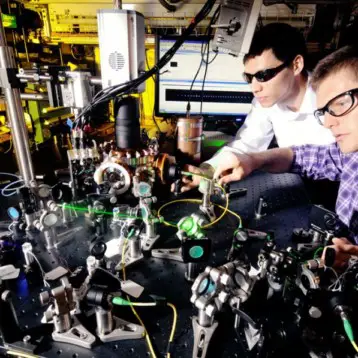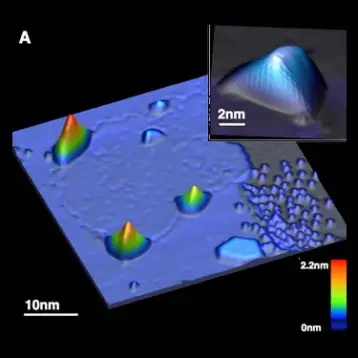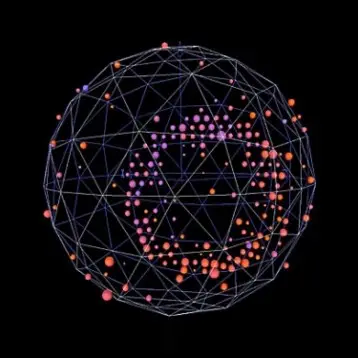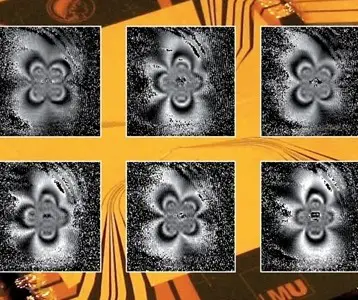IceCube is a unique project both in its scope, ambition and location. IceCube is based in part on an already existing project for an underground observatory in the South Pole called Antarctic Muon And Neutrino Detector Array (AMANDA). The AMANDA is made out of 19 holes 1300 to 2400 meters in depth filled with detectors. While the AMANDA project was able to generate some scientific data it was essentially an experimental project built to test the concept of deep underground observatory under the ice. IceCube will be a much bigger project expending AMANDA tenfold and occupying about one cubic kilometer and costing 240 million dollars.
Drilling to a depth of almost 2.5km beneath the polar ice isn’t a simple task. While digging each of the 19 holes created for the AMNDA project took an average of 100 hours using large quantities of heated water, IceCube will try to complete each of its 80 holes in just about 30 hours, and the project as a whole in about four years. Since 2005 IceCube had been gathering data at an increased rate. Using a NASA satellite called Transfer and Data Relay Satellite System (TDRSS) huge chunks of data are sent to the University of Wisconsin for storage and further analysis. So far over 60 Terabytes of data was stored in an array of over 240 hard drives. The University of Wisconsin is now planning to double this amount in preparation for the new data arriving from IceCube.
Each of the 80 holes making the IceCube will have 60 sensors called DOMs whose purpose is to detect neutrinos. Examination of the data from the array of DOMs allows IceCube scientists to determine the direction and energy of the neutrino particles as they pass through earth. This in turn could help them determine the origin of this elusive and important particle.










